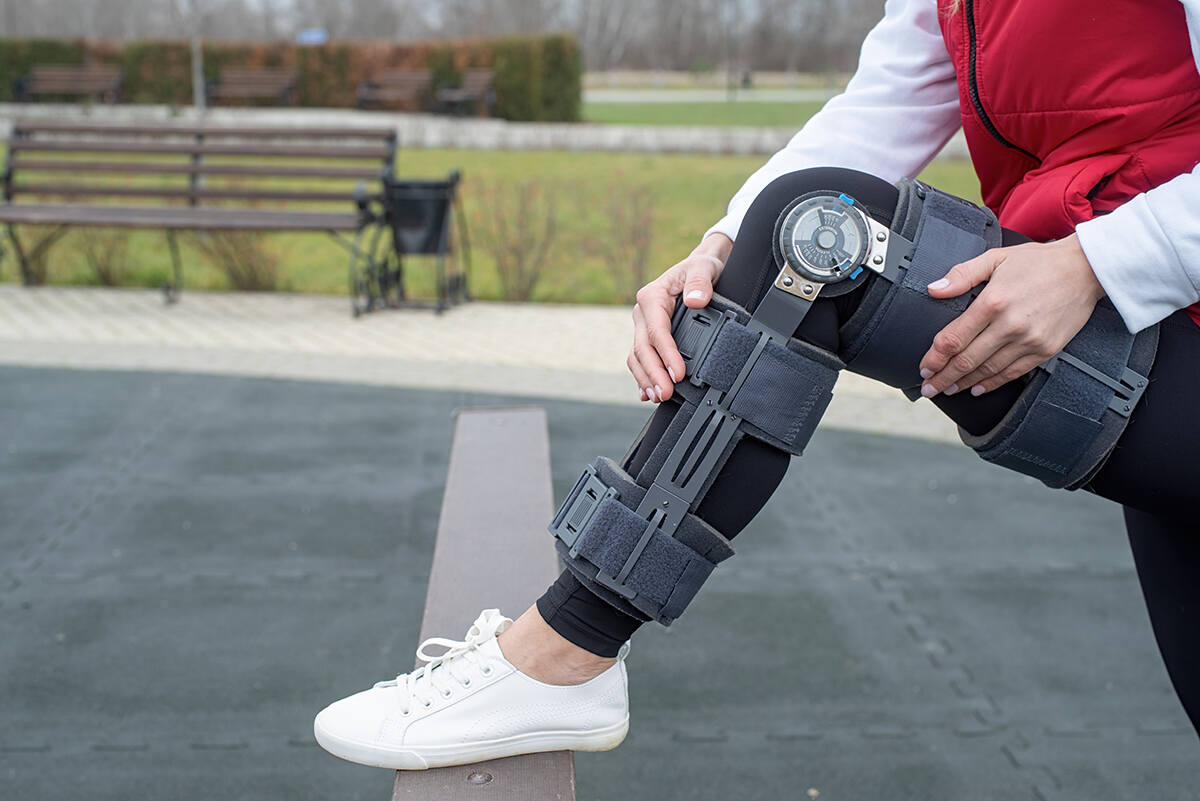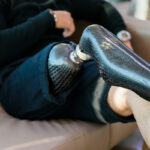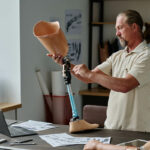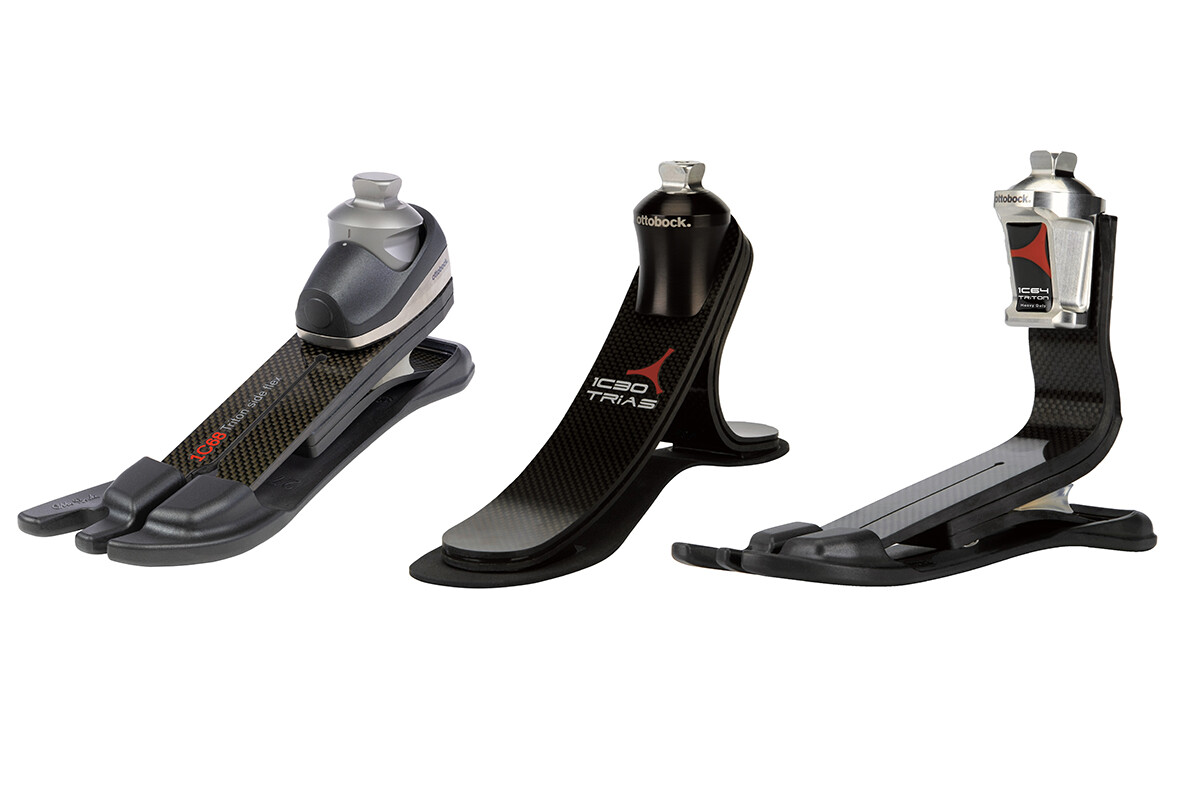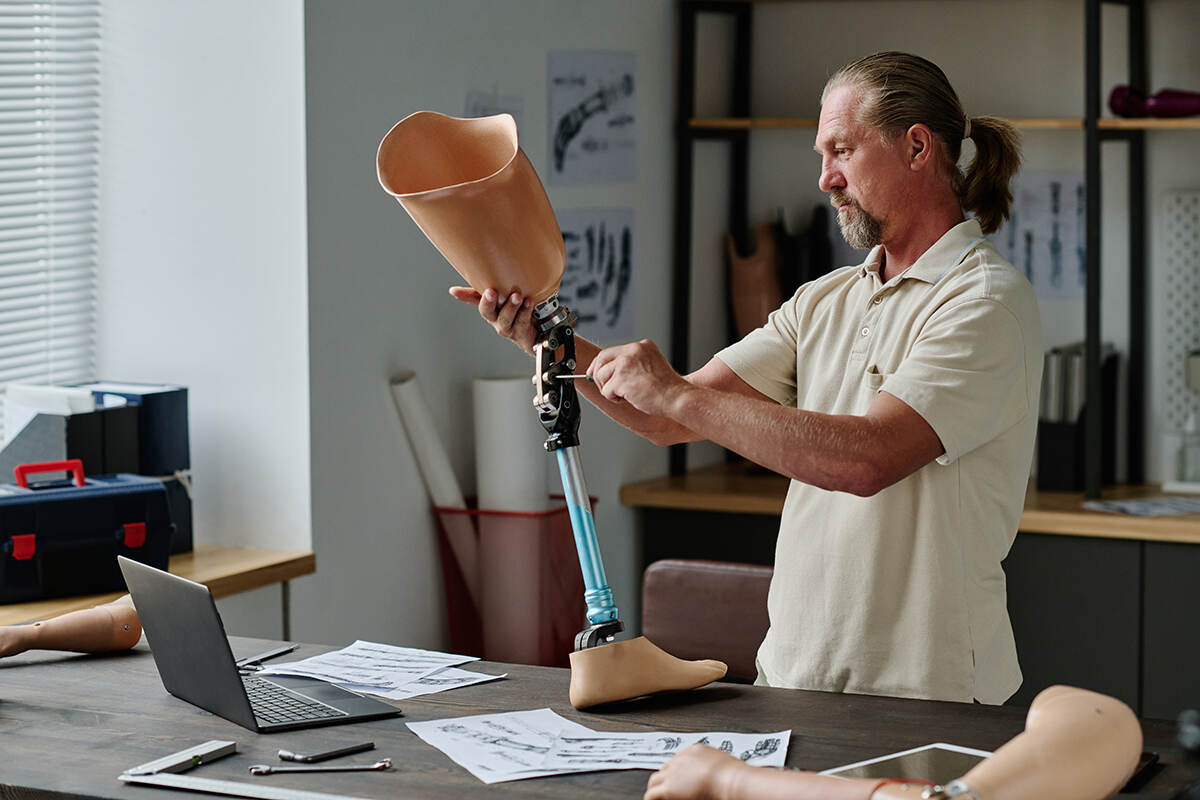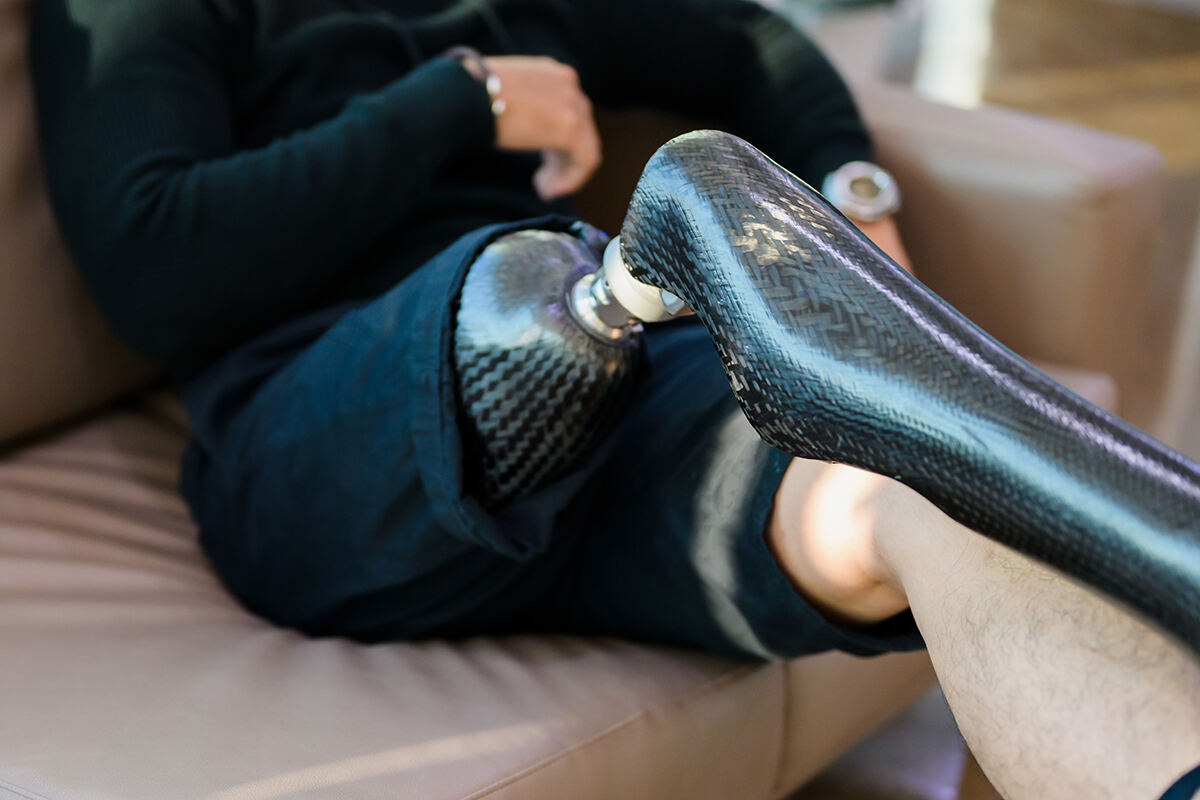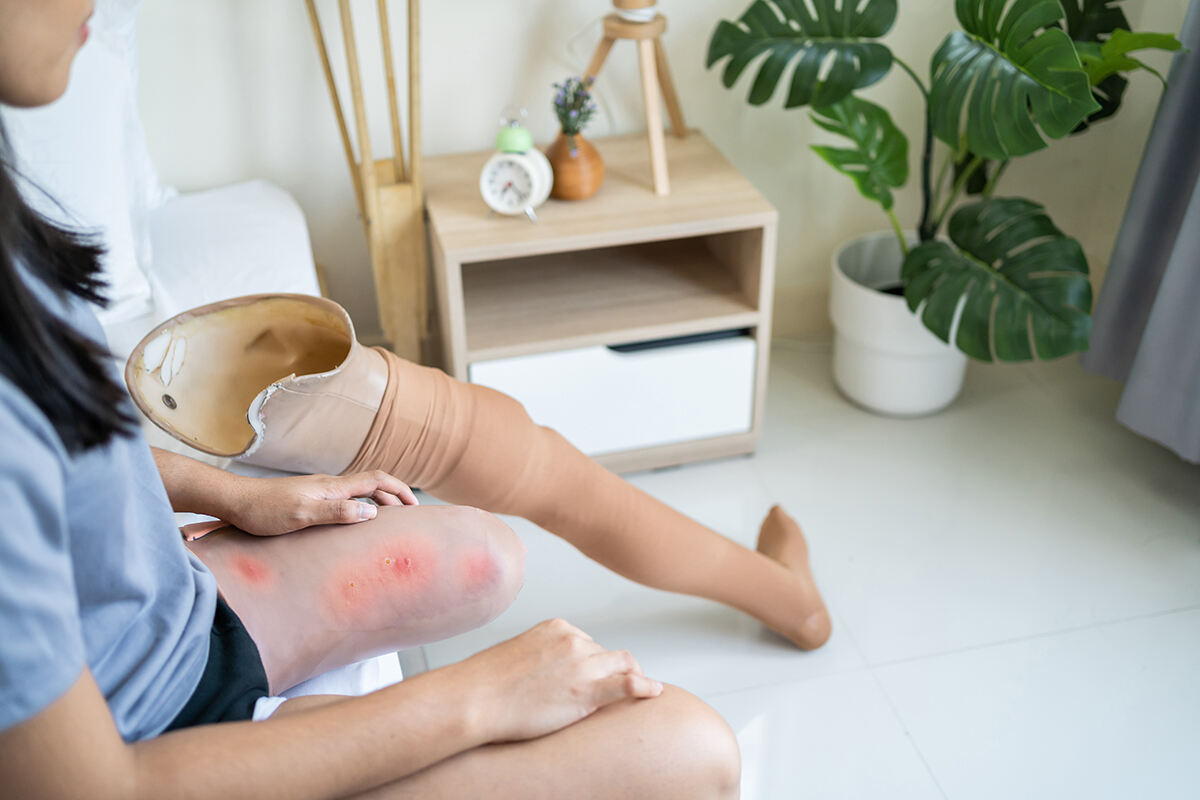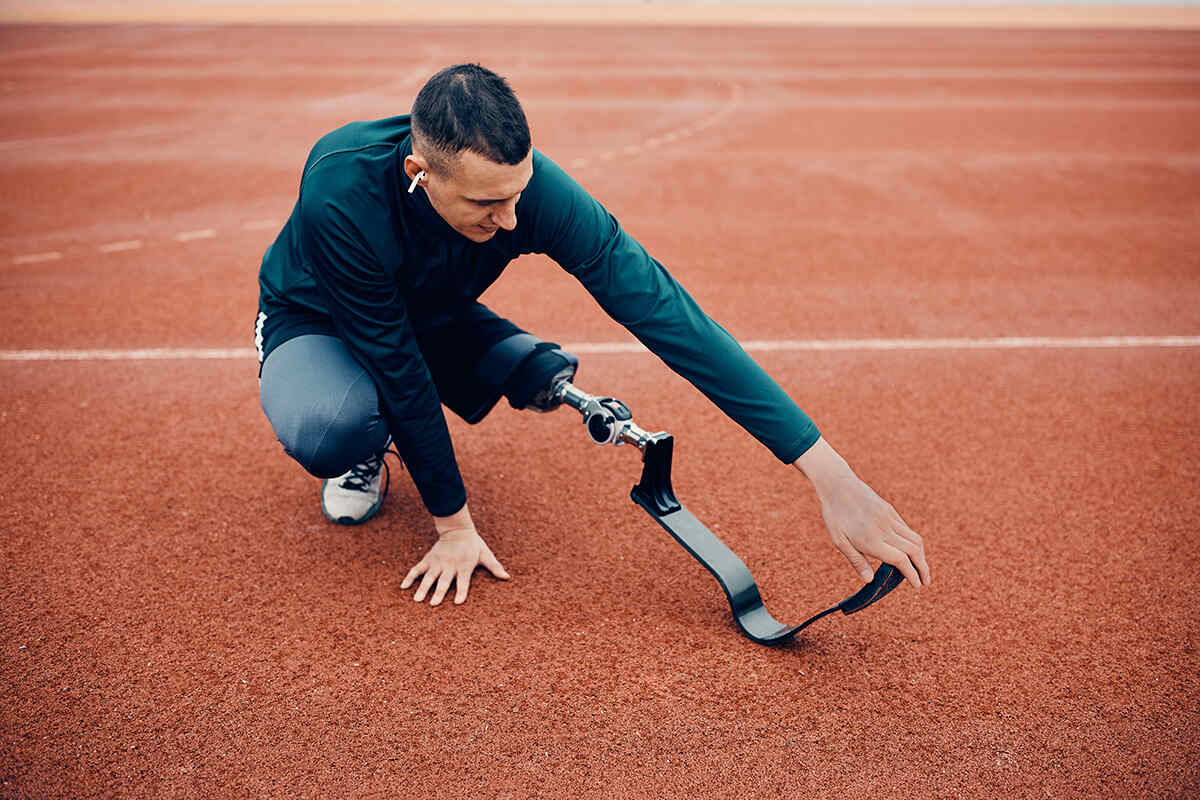What are leg braces used for? Simply put, they are used to stabilize and correct the leg’s structure, aiding in mobility and healing. From supporting weak muscles to aiding recovery post-surgery, this article will guide you through the purposes and benefits of various leg braces without overwhelming you with technicalities.
Key Takeaways
- Leg braces come in several forms, including AFOs, knee braces, hip braces, and fracture bracing, tailored to address specific mobility issues and offer stability and support for individuals.
- In sports medicine, leg braces are vital for both injury prevention and rehabilitation, offering athletes stability and preserving knee biomechanics for optimal performance.
- Physical therapists play an essential role in the selection and fitting of leg braces, ensuring the proper fit and providing guidance on their use to maximize mobility and comfort.
Understanding Leg Braces: Types and Functions
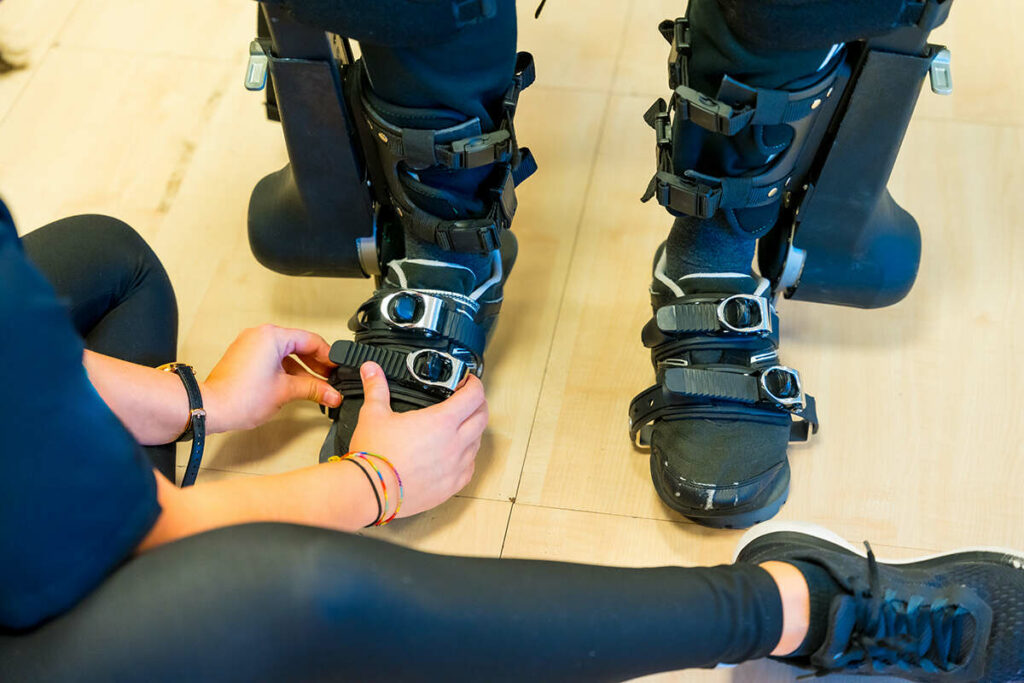
Leg braces are more than just supportive devices; they are the key to unlocking improved physical capabilities and promoting independence. These aids come in various forms, each with specific purposes, designed to address different mobility-related issues, and offer relief from discomfort.
Whether it’s the ankle and foot stabilization provided by Ankle-Foot Orthoses (AFOs), or the knee joint support from knee braces, leg braces are tailored to meet diverse needs. They offer stability, assist in recovery, and in some cases, such as fracture bracing, even allow for some level of mobility during the healing process.
Ankle-Foot Orthoses (AFOs)
Ankle-Foot Orthoses (AFOs) play a crucial role in bolstering the foot and ankle. They provide joint stabilization, enhance alignment, and reduce pain. From addressing muscle weakness to managing joint instability, these braces are designed to improve gait and foot clearance, providing the necessary support and stability.
AFOs are often prescribed for conditions like:
- stroke
- multiple sclerosis
- traumatic brain injury
- muscular dystrophy
They offer a supportive solution to enhance mobility and performance. It’s a clear testament to the versatility and effectiveness of these orthotic devices.
Knee Braces
Knee braces serve as the uncelebrated champions among mobility aids, especially for those dealing with knee arthritis and knee pain. They provide vital support and protection to the knee joint, acting as a shield during injury recovery and a guardian preventing further damage.
Knee braces do not just offer stability, they decrease strain on the ligaments, providing a safety net for the knee, especially when it is at risk. It’s like having a personal bodyguard for your knees, always there to protect and support.
Hip Braces
Envision a companion aiding you in managing arthritis-related discomfort, or a friend assisting you post-hip surgery. That’s what hip braces offer – stability, pain relief, and a helping hand when you need it most.
Whether it’s the aftermath of a total hip arthroplasty or addressing dislocations in newborn infants, hip braces stand by you, offering support and assistance. They are not just aids; they become part of your journey to recovery and mobility.
Fracture Bracing
Fracture bracing, including prophylactic braces, acts as a fortress, offering stability and protection to broken bones throughout the healing process. It’s a nonoperative method that offers a safe and effective solution for specific fractures, particularly those resulting from low-energy incidents.
Constructed from a combination of durable materials like metal, hard plastic, and elastic material, fracture braces offer flexibility and adjustability, making them suitable for fractures requiring prolonged immobilization and support. It’s like having a personalized armor, supporting your healing journey every step of the way.
Leg Braces in Sports Medicine
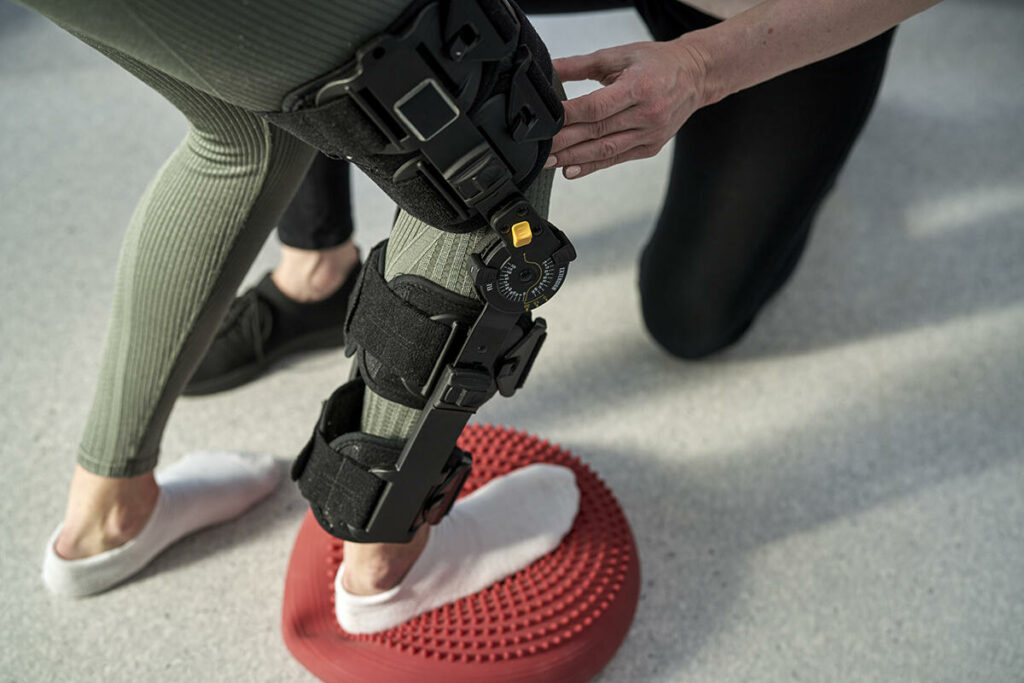
A robust bond exists between leg braces, including functional braces and unloader braces, and the field of sports medicine. These supportive devices are like the invisible team members that protect and support athletes, helping them achieve their peak performance. In fact, leg braces are a crucial part of the athletes wear, ensuring their safety and stability during intense physical activities.
From safeguarding the ligaments of the knee to reducing the likelihood of ligament injuries, leg braces are an athlete’s reliable ally. But they do more than just prevent injuries; they also contribute to the rehabilitation of sports injuries, offering support and stability to the injured joint, and preserving knee biomechanics.
It’s like having a dedicated coach, always there to guide and support you.
The Role of Physical Therapists in Leg Brace Selection and Fitting
Selecting the appropriate leg brace and guaranteeing its proper fit is a vital step in the path to enhanced mobility. Here, a physical therapist plays a pivotal role, guiding you through this process like a trusted advisor.
Physical therapists ensure that the brace fits snugly, aligning the hinges with the sides of the knee joint, and making necessary adjustments. Their role doesn’t end there; they continue to provide guidance on brace usage, maintenance, and exercises that can enhance mobility and stability. It’s like having a personal trainer, guiding you throughout your journey.
Customized Orthotic Devices: Tailoring Leg Braces to Individual Needs
Just like each individual’s mobility needs are distinct, their leg braces should be as well. Customized leg braces offer individualized support, aiding in muscle strengthening, and enhancing mobility gradually.
Creating a custom orthotic device involves a comprehensive evaluation to ensure it meets the individual’s specific functional needs. With impressive warranties and an ergonomic fit, these devices are not just braces; they are personalized mobility solutions tailored to your needs.
Tips for Wearing and Caring for Your Leg Brace
Using a leg brace should not be challenging but rather a straightforward procedure that improves your comfort and mobility. Knowing how to properly wear and care for your leg brace can make a significant difference.
When wearing a leg brace, ensure it fits snugly, without being overly tight or loose. Regular cleaning using warm soapy water or a mild detergent can help maintain its condition, while a mixture of baking soda and vinegar can tackle any odors. It’s like caring for a trusty companion, ensuring it stays in top shape to serve you better.
Leg Braces for Children: Supporting Growth and Development
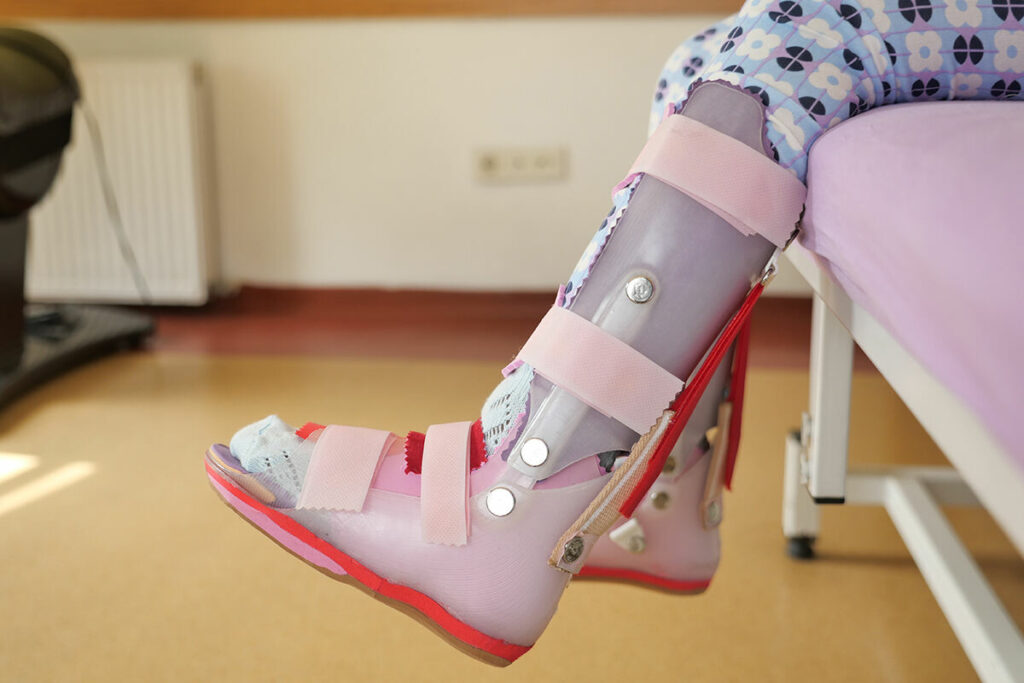
For children, leg braces can act as a supportive ally, aiding them in achieving developmental milestones and surmounting mobility challenges. These devices offer more than just physical support; they contribute to a child’s growth and development.
Creating a brace tailored to meet a child’s specific needs, ensuring proper fit, and adjusting the brace to accommodate growth are all crucial factors when fitting leg braces for children. These braces are not just aids; they are partners in a child’s journey towards achieving motor milestones.
Common Misconceptions About Leg Braces
Regrettably, misunderstandings about leg braces frequently obscure people’s comprehension of their function and advantages. One common myth is that they are consistently uncomfortable and ineffective. However, well-crafted braces can provide considerable comfort and greatly enhance an individual’s mobility.
Another misconception is that wearing a leg brace can lead to muscle atrophy or dependency. However, research and practical experiences indicate that:
- Braces do not contribute to muscle atrophy
- The body does not become reliant on them
- Instead, they enhance mobility rather than constrain it
- They provide support to weakened or injured areas
Frequently Asked Questions
What condition requires leg braces?
Conditions such as toe walking, clubfoot, cerebral palsy, muscular dystrophy, Down syndrome, spina bifida, Charcot Marie Tooth (CMT) disease, and foot drop may require the use of leg braces. This can provide support and assistance for individuals with these conditions.
How do leg braces help you walk?
Leg braces help you walk by immobilizing and supporting specific areas of the lower leg, promoting healing and stability after an injury, surgery, or chronic condition.
How long should you wear a leg brace?
You should wear a leg brace for anywhere between 2 weeks to 6 months, depending on the severity of your pain and the specific injury. The duration may vary based on your individual needs and the nature of the injury.
What’s the difference between Ankle-Foot Orthoses (AFOs) and knee braces?
Ankle-Foot Orthoses (AFOs) are used for foot and ankle stabilization, while knee braces provide support to the knee joint. Choose the one that addresses your specific needs.
Can leg braces contribute to muscle atrophy?
No, research shows that leg braces do not contribute to muscle atrophy.


